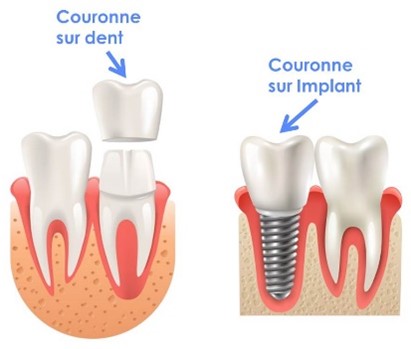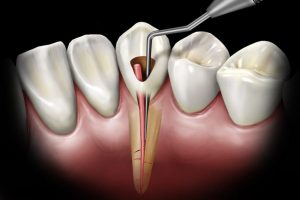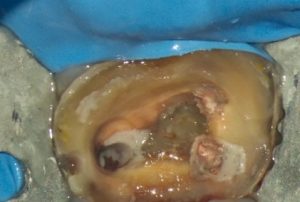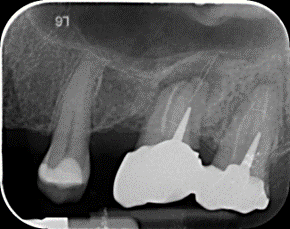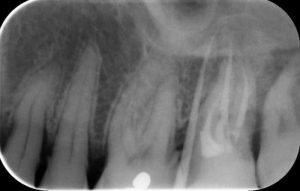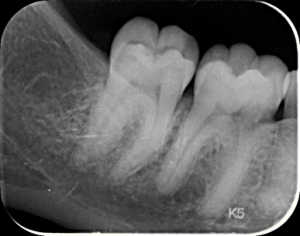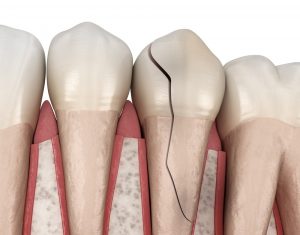Endodontics
What is a cavity?
Dental decay is like an apple that begins to deteriorate on its surface. It is caused by bacteria present in dental plaque, which produce acids. Without treatment, this deterioration can extend through the tooth and reach the underlying pulp, leading to pain and more serious infectious problems.
Good oral hygiene and regular visits to the dentist are essential for preventing cavities by removing dental plaque and strengthening tooth enamel.
What is an abscess?
A dental abscess is a painful bacterial infection that forms at the root of a tooth or between the tooth and the gum. This can occur when tooth decay is left untreated, allowing bacteria to reach the dental pulp, where nerves and blood vessels are located. The abscess develops as the body responds to the infection by sending white blood cells to fight the bacteria, resulting in an accumulation of pus.
Symptoms of a dental abscess include intense, throbbing pain, sensitivity to hot or cold, swelling of the face or cheek, and fever. Without treatment, the abscess can spread to other parts of the face and neck, leading to serious complications.
It’s important to address the source of the infection, and consulting a dentist at the onset of symptoms is essential to prevent complications.
The origins of dental abscesses vary: deep tooth decay, dental trauma, a root fracture, dental resorption, etc.
What does endodontic treatment involve?
Is endodontic treatment 100% successful?
Endodontic treatment is a clinical procedure aimed at increasing the chances of preserving teeth, and it has a very high success rate. However, this therapy remains a biological procedure, and like any other medical act, success cannot be guaranteed 100%.
In case of failure (persistence of an inflammatory bone lesion), and after appropriate radiographic follow-up, a retreatment or surgery may eventually be considered to attempt to save the tooth. Despite our efforts, approximately 5 to 10% of endodontic treatments may result in failure, and in such cases, the affected tooth may need to be extracted.
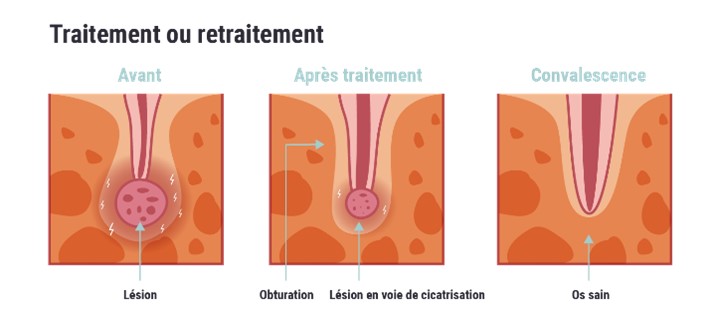
Should one keep their tooth or replace it with an implant?
This is a question that can be raised. Like all medical procedures, root canal treatment or retreatment is a therapeutic means that provides an additional chance to keep the tooth a little longer in the oral cavity. When this treatment is successful, the natural roots of the tooth are preserved and will always be the best solution for the body. Additionally, this treatment can sometimes prevent a lengthy and more complex implant procedure.
However, when endodontic treatment is deemed impossible or too complex to allow for sufficient longevity of the tooth, implant treatment remains one of the preferred options to pursue.
This question can be approached on a case-by-case basis with your dentist.
